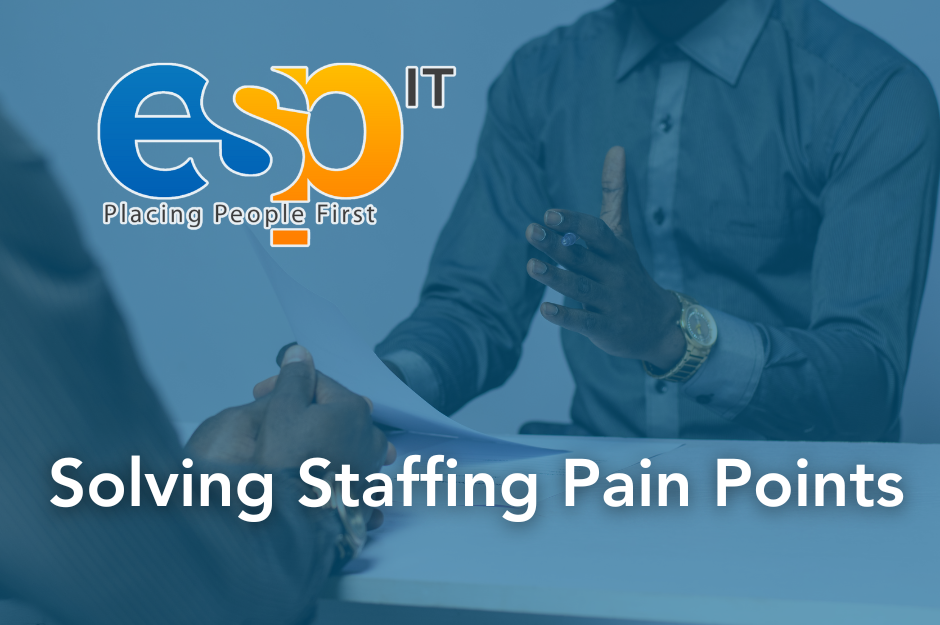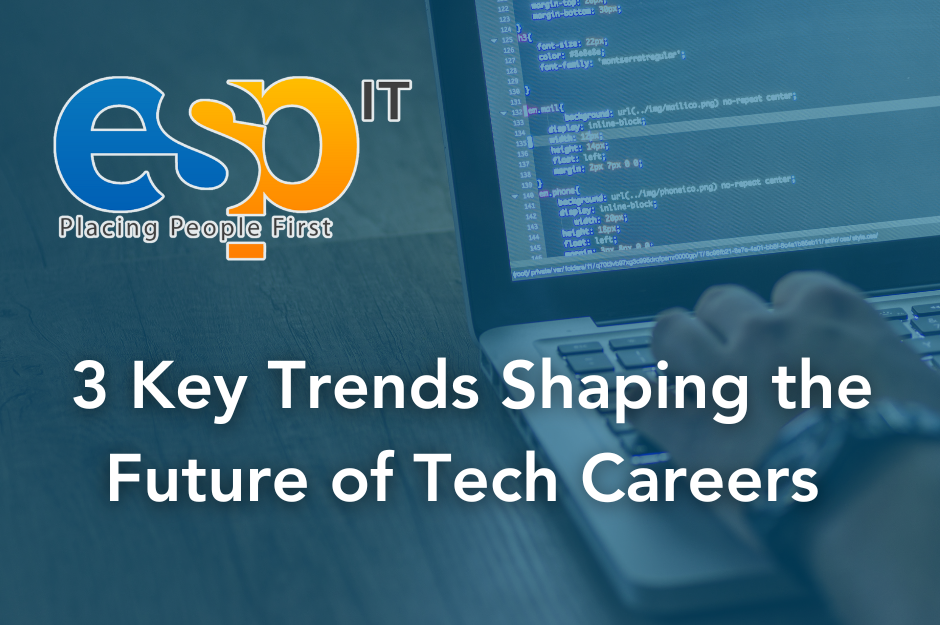With cloud computing taking hold as the de facto resource during the pandemic as more and more companies adopted a work-from-home strategy, it’s come a long way since its inception, revolutionizing the way businesses operate.
More and more a vital part of how we access and share information, the cloud is evolving faster than we could have ever imagined. What does the future hold for cloud computing? Where is it going? How is it evolving? What opportunities does it present for businesses and individuals alike?
Multi-Cloud and Hybrid Cloud Environments
As we push through the decade, businesses are looking to have more flexibility and control over their IT infrastructure, and the use of multiple cloud services from different providers (multi-cloud) — or a combination of on-premises infrastructure and cloud services (hybrid cloud) — allows businesses to choose the best cloud services for their specific needs, rather than being locked into a single provider; plus, better disaster recovery and better security.
Multi-cloud strategies continue to leverage the strengths of different cloud providers, such as cost savings, scalability and security, while also avoiding vendor lock-in. Hybrid cloud environments are also expected to become more prevalent as companies seek to bridge the gap between their existing IT systems and the cloud, increasing custom scalability and control over sensitive data.
Greater Use of AI and Machine Learning
Cloud providers are using artificial intelligence and machine learning to automate many tasks in the cloud, such as data management, security and resource allocation. This is making it easier for businesses to manage their cloud infrastructure and to get more value from their data.
AI and ML are also being used to analyze data in real time and to make predictions about future trends. Now, organizations will be able to use cloud-based AI and ML tools to analyze large volumes of data and extract valuable insights. In addition, AI and ML will also be used to improve the security of cloud computing systems. Cloud-based AI and ML tools will be used to identify and respond to potential security threats in real time, helping organizations protect their data and systems from cyber attacks.
IoT Integration
The growing number of IoT devices in homes and businesses is generating a large amount of data, and the cloud is being used to store and process this data, allowing enterprises to gain insights and ensure better decision-making. IoT devices are also being used to control and monitor other devices, such as lighting, heating and security systems. This is making it easier for businesses to manage their facilities and reduce costs. Various industries are adopting IoT devices, including healthcare, transportation, and manufacturing. Overall, the future of IoT integration in cloud computing is expected to be a major driver of innovation and growth in the coming years.
Edge Computing
The low latency, high bandwidth and better data processing enabled by cloud services at the edge of the network becomes more useful for cloud services and applications not always connected to the Internet, enabling data processing and storage closer to the source. This reduces the need for data to travel long distances and minimizes latency.
With edge computing, the real-time data analysis it enables also makes it possible for businesses to gain insights and make better decisions faster. Some key trends edge computing continues to facilitate include the usage of IoT devices, 5G networks, AI/ML and the prevalence of edge data centers.
Big Data and Analytics
The cloud is making it possible for businesses to store and process large amounts of data at a low cost, allowing organizations to gain new insights from their data, automate decision-making processes, and improve the scalability and flexibility of their big data analytics systems.
Additionally, the use of cloud-based big data analytics platforms will continue to grow as more companies move their data and operations to the cloud, and as the cost of cloud-based storage and processing continues to decrease. Another advantage of big data and analytics in cloud computing? They’re also being used to improve customer service and to create new products and services.
Serverless Computing Adoption
Cost savings, scalability and ease of use are just a few benefits industries are seeing without the need for developers to provision or manage servers. In the future, we can expect to see more companies adopting serverless computing as it continues to mature and gain mainstream acceptance. Additionally, we may see an increase in the number of use cases for serverless computing, such as IoT, machine learning and data processing. As this technology improves, we can also expect to see more advanced features and capabilities, such as improved security, performance and monitoring.
Harness the Future of the Cloud in Your Career
The cloud is making it possible for businesses to be more flexible, more efficient and more innovative through a number of technological advancements. As the first IT staffing firm in Minnesota, we’re committed to continually investing in our team, our clients and our community by helping talented IT professionals find fulfilling career opportunities in the industries where cloud computing continues to evolve and thrive.
Ready to take your career to the next level? Contact us today.



